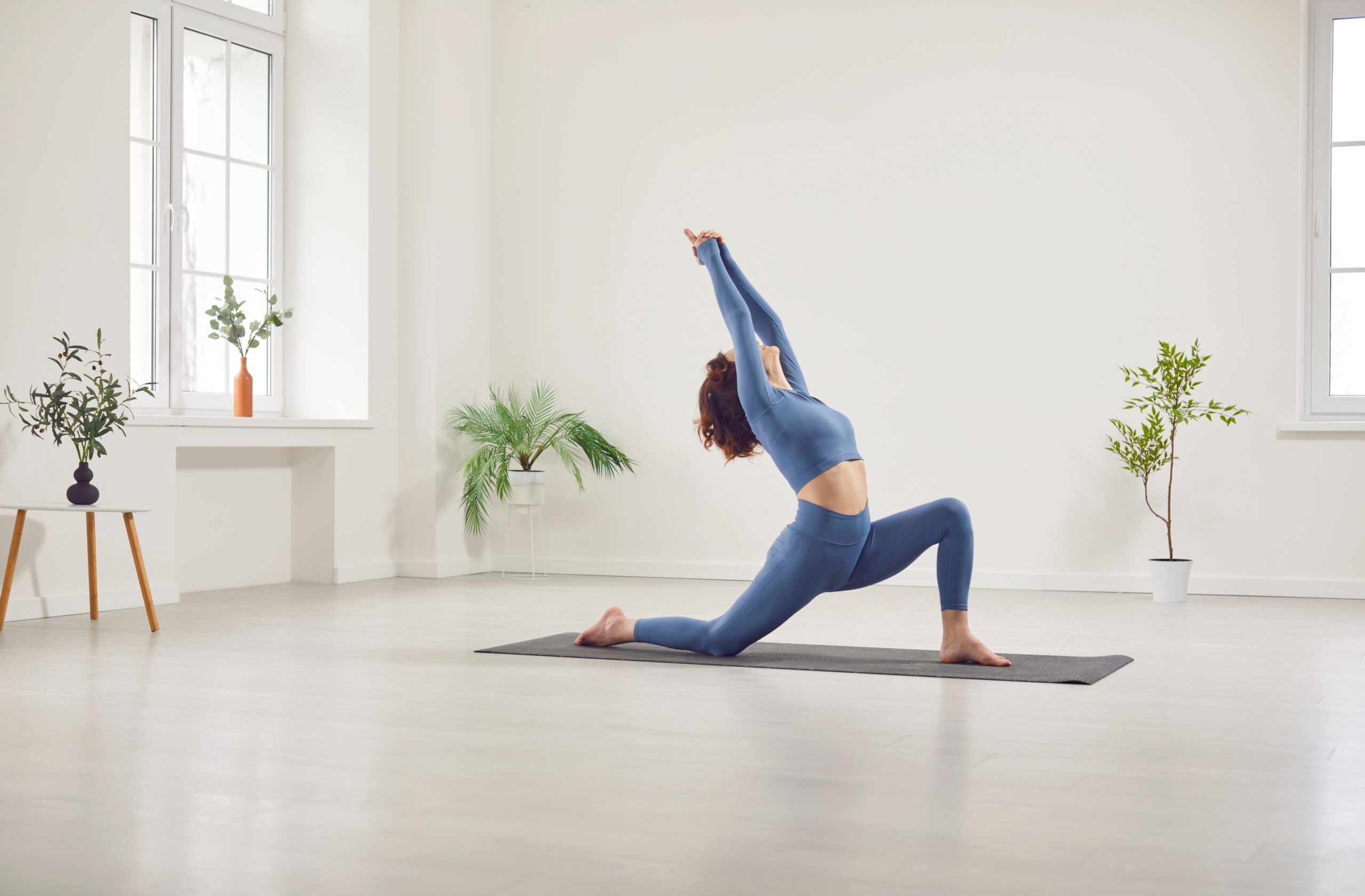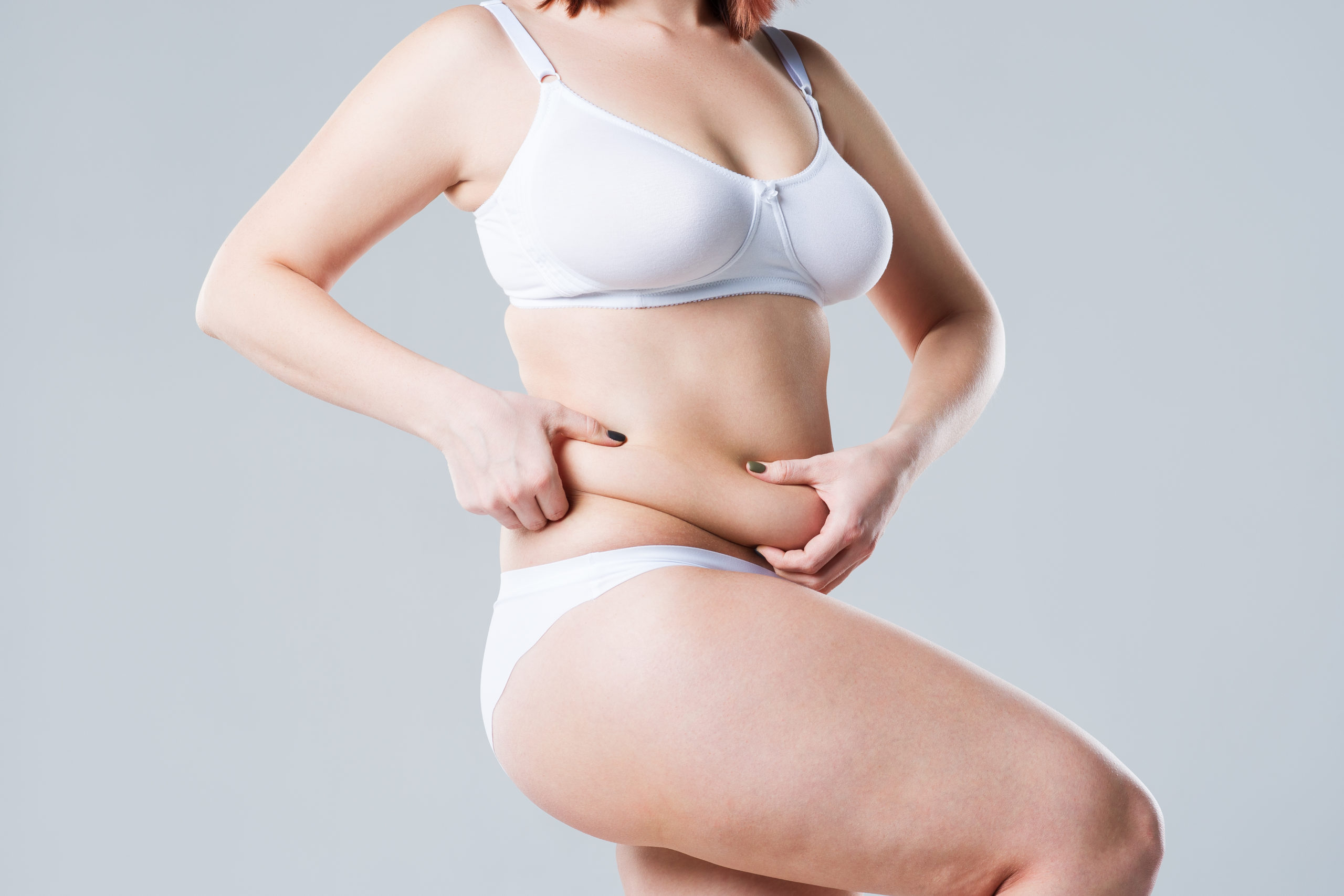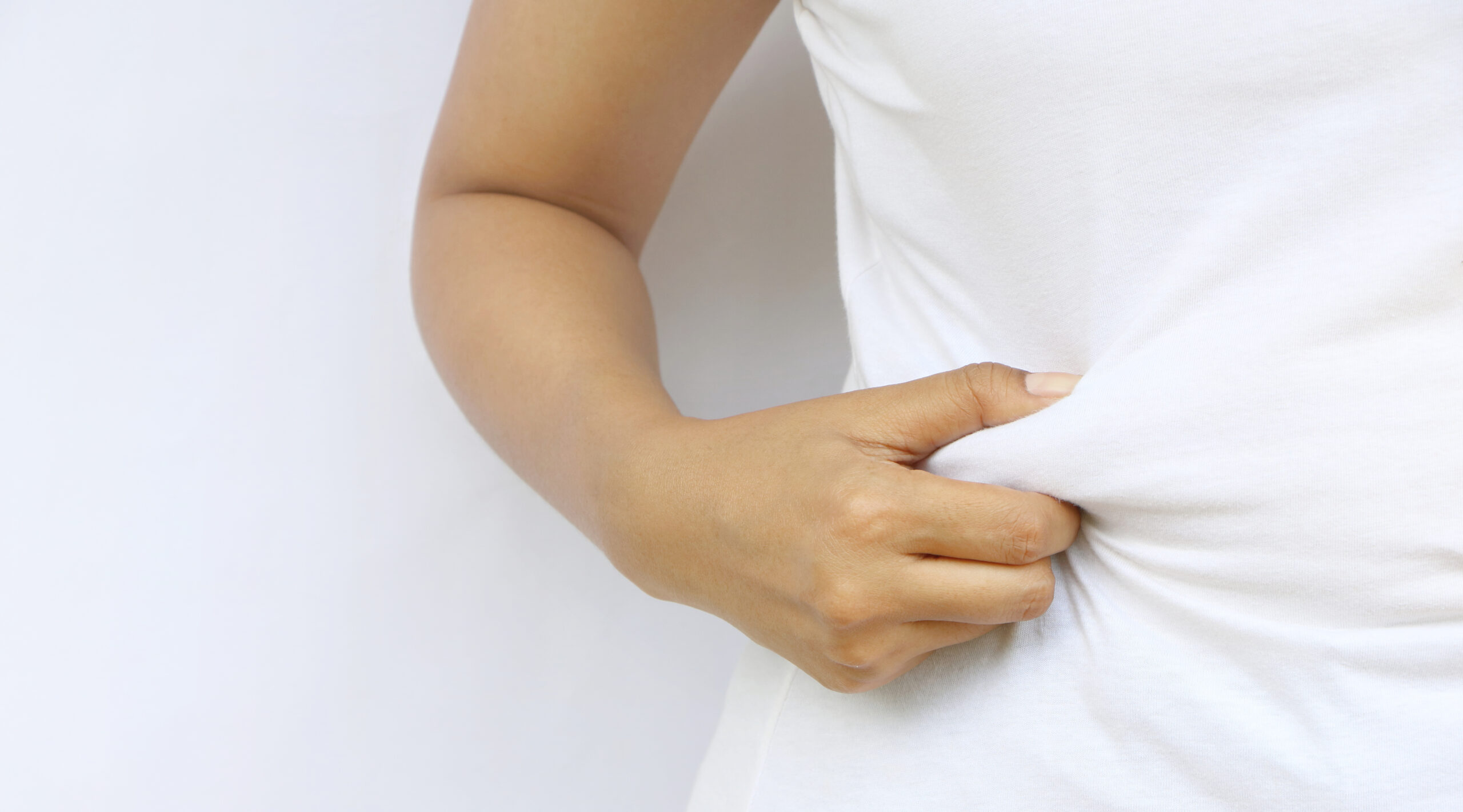
Once you’ve made the decision to go through with an abdominoplasty, commonly referred to as a tummy tuck, you’re probably going to have many questions about the recovery process. The procedure is designed to remove excess skin and fat from the abdominal region of a person’s body. Due to the nature of the surgery, the recuperation time is often extensive. If you live an active lifestyle, you may be concerned about how soon you will be able to get back to your daily activities and exercises. It is going to be an exciting life and body change that comes with many benefits. The healing process is going to take some time, but we have some tips and suggestions to help you prepare for your rehabilitation and get you back to your regular, energetic self.
Be patient
Be kind to yourself and remember that it’s normal to feel a bit frustrated with your temporarily limited mobility. It’s going to take some time to heal after an abdominoplasty, so it’s important to mentally prepare yourself for this process. You may be advised to wait a few days to shower after your surgery, which can obviously be a challenge. But your doctor knows best, and listening to their advice will be crucial to your healing and recuperation. It’s expected that you avoid daily tasks like housework and hitting the gym in order to give your wounds enough time to start the healing process. This may take at least a couple of weeks, so prepare to replace those usual activities with some relaxing hobbies. Grab some light snacks, find a new book or TV show, and get ready to treat yourself to some pure relaxation.
Ask for Help
Recovering shouldn’t be something you have to do all on your own. Even the most fiercely independent people need help from time to time. Ask a friend, neighbor, family member, or anyone you trust to help you while you heal and ease back into your daily life and activities. You will at least need someone to watch over you right after your procedure, since this is when you are going to be the most exhausted and vulnerable. In the days following your tummy tuck, you may need some assistance getting around. Ask them to lift items that are too heavy for you to move, and to order or cook you food so you don’t have to do it all by yourself. You can even ask them to join you on short walks for support while your body adjusts to moving around again.
Keep Moving
In the first few days, combined with plenty of rest, you’ll want to start slowly moving about in order to get your blood circulating. As previously mentioned, you may need assistance with this at the beginning. Once you feel confident in your ability to get around on your own, you can start moving independently. This low-level exercise will best come in the form of short walks, either at home or around the neighborhood. By doing this, you will be less likely to experience potentially dangerous blood clots. For the first few weeks you’ll want to avoid lifting any heavy objects, since this may put a strain on your wounds. However, during this time you should be able to start gradually increasing your walking regimen and getting back to other daily activities, so long as it isn’t anything strenuous.
Exercise
We know it won’t be easy to sit still for too long during your recovery period. Once you get used to walking more and more each day you can start to ease into other forms of physical activity. It will take at least six weeks for you to begin getting back to your normal exercise routines. As long as your surgeon clears you for these types of activities, you will be able to start lifting light weights, take longer walks, and do other types of low-impact aerobics. Around the eight week mark is when you can go forward with incorporating moderate cardio into your workouts, such as swimming and cycling.
For many who undergo an abdominoplasty, the main concern may be regarding the muscles in the abdominal area. Since this is the section of the body that is being operated on, it’s going to be the most vulnerable. Core exercises are going to be a waiting game since it’s possible that if you start doing these workouts too early it will have a negative impact on the final results of your tummy tuck. It is advised that you wait at least three months before you ease into strengthening your abdominal muscles. Once you start on this area of your body, be sure to pay close attention to any pain or discomfort that may occur while exercising. Setting limitations for yourself and not adding unnecessary strain to your body will pay off in the long run.
Don’t Push it
Eventually, your body will completely heal and you can get back to your daily routines. You’ll be able to start exercising again, which will mean working towards continually strengthening and further improving your body. It’s possible you may have some setbacks, or that this process will take longer than you want it to. One of the best things you can do for yourself is to know your limits. Set up a comfortable space in your home to relax and rest. Create small, achievable goals for yourself that don’t exceed the realistic expectations of your body. Holding back a bit will likely pay off more in the long run when it comes to your health and your brand new figure.
Schedule a Consultation
To find out more about the tummy tuck procedure and recovery, schedule a consultation with Dr. Kayastha board certified plastic surgeon located in Albany, NY. During a thorough consultation in our Albany, NY office, he will be able to provide details about the recovery process and address any questions or concerns you may have related to abdominoplasties. Call (518) 674-9060 or request your appointment online.
Schedule a Consultation
The best way to explore your options and get an accurate price estimate is to schedule a consultation with Dr. Kayastha. Fill our the form or give us a call at (518) 674-9060 to start your journey.
Virtual Consultation



